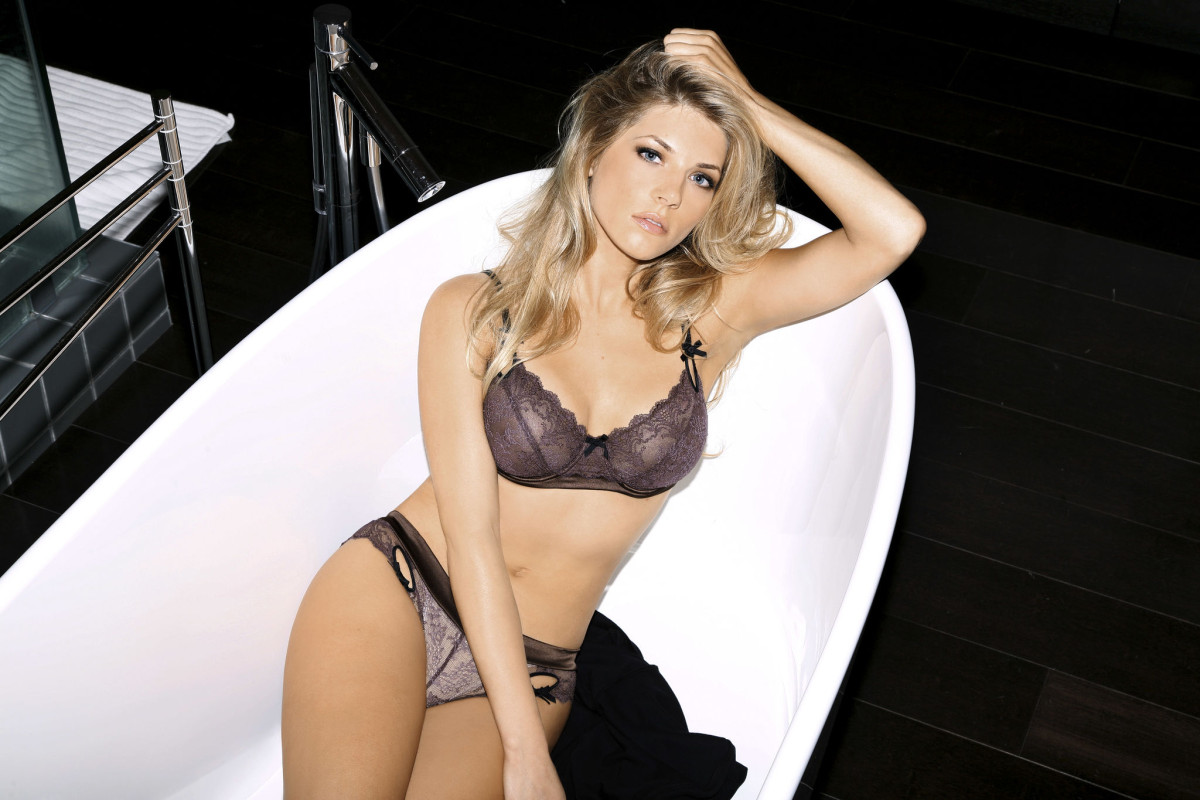Snapchat takes its chief suggestion further that have Tales. Very first circulated for the 2013, the newest format hasn’t changed this much: You publish a photograph or movies to your Tale, where they existence every day and night then disappears. Your pals can observe this new stories, as well as the kernel off perfection inside a whole lot more inactive version of practices was that you might come across who was seeing everything you printed. Have to show-off what you are doing on crush instead giving they on it directly? Only article they with the story and see if the evaluate will come in. Zero “liking” called for.
Breeze then created the idea of and work out tales a lot more communal – and not simply limited to family relations – on advancement of one’s Story. In the beginning, simply predicated on venue, you might contribute to your city’s tale. It decided a revelation to see what people had been doing inside the places out-of Mumbai so you’re able to Sao Paolo inside near live.
Today there are still geographical stories, but there are also user-generated stories to own events, as much as social layouts, vacations, plus.
Low: The user-shedding upgrade
After taking a little while to catch on, Snapchat stories were all the rage for, basically, the year 2015. But Snap was about to pay the piper for reportedly turning down Mark Zuckerberg’s acquisition offer: Facebook-owned Instagram simply duplicated Reports outright. Other companies, including Twitter, LinkedIn, and more would copy the stories format in the following years.
Snapchat needed to make a change, and not just because Instagram was taking its suggestions. It needed to start making money. So in 2017, it unveiled a big renovate of the app that introduced algorithmic content feeds for public content (published by  media companies or in Our Stories) based on interest.
media companies or in Our Stories) based on interest.
In one quarter, Snap forgotten 3 mil users. Someone even started a petition demanding the company reverse course. Gains stabilized by 2019, but The Redesign still strikes fear into the heart of Snapchat users the world over.
High: Which makes us most of the barf rainbows
BASIC. That word, in all caps, was one of the first Snapchat filters. That’s it. And yet using it was novel, fun… funny!? Snapchat launched filters that were geo-gated, and location-based filters (One of the first location filters was the appearance of raining money in Las Vegas). That basic idea morphed into AR filters, with the cute dog and barfing rainbows faces that launched a thousand selfies (and Instagram copycats). Now, with a “creator studio” that lets anyone with technical and artistic know how make lenses, it’s a central part of the company’s business.
The ability to change your face with AR led to racially insensitive filters. For instance, a Bob Marley filter essentially put users in black face, and some described another filter that gave users caricature-ish flat, slanted eyes as a form of “yellow face.”
That bad judgement has been linked to problems with diversity and a “whitewashed” culture at Snapchat, as one former employee put it: In 2020, Mashable published a free account away from racial prejudice on the team in charge of curating Stories from 2015-2018.
Snapchat conducted an investigation and concluded that the reported issues did not constitute a “widespread pattern.” However, blind spots persist: As recently as , Snapchat released a filter in honor of Juneteenth with text that prompted users to “smile to break the chains.” After some Twitter users called out the filter for racial insensitivity on a holiday commemorating the end of slavery, of all things, Snapchat apologized and got rid of the latest filter out.
High: Smart servings, but make sure they are sexy
With the rise of Oculus, rumors continuing to circulate about a mixed reality Fruit earphone, and the debut of Facebook’s new Ray Ban smart servings, there’s a renewed spotlight on the potential of smart glasses. As with most things Facebook does, though, Snapchat did it first, with Spectacles.
